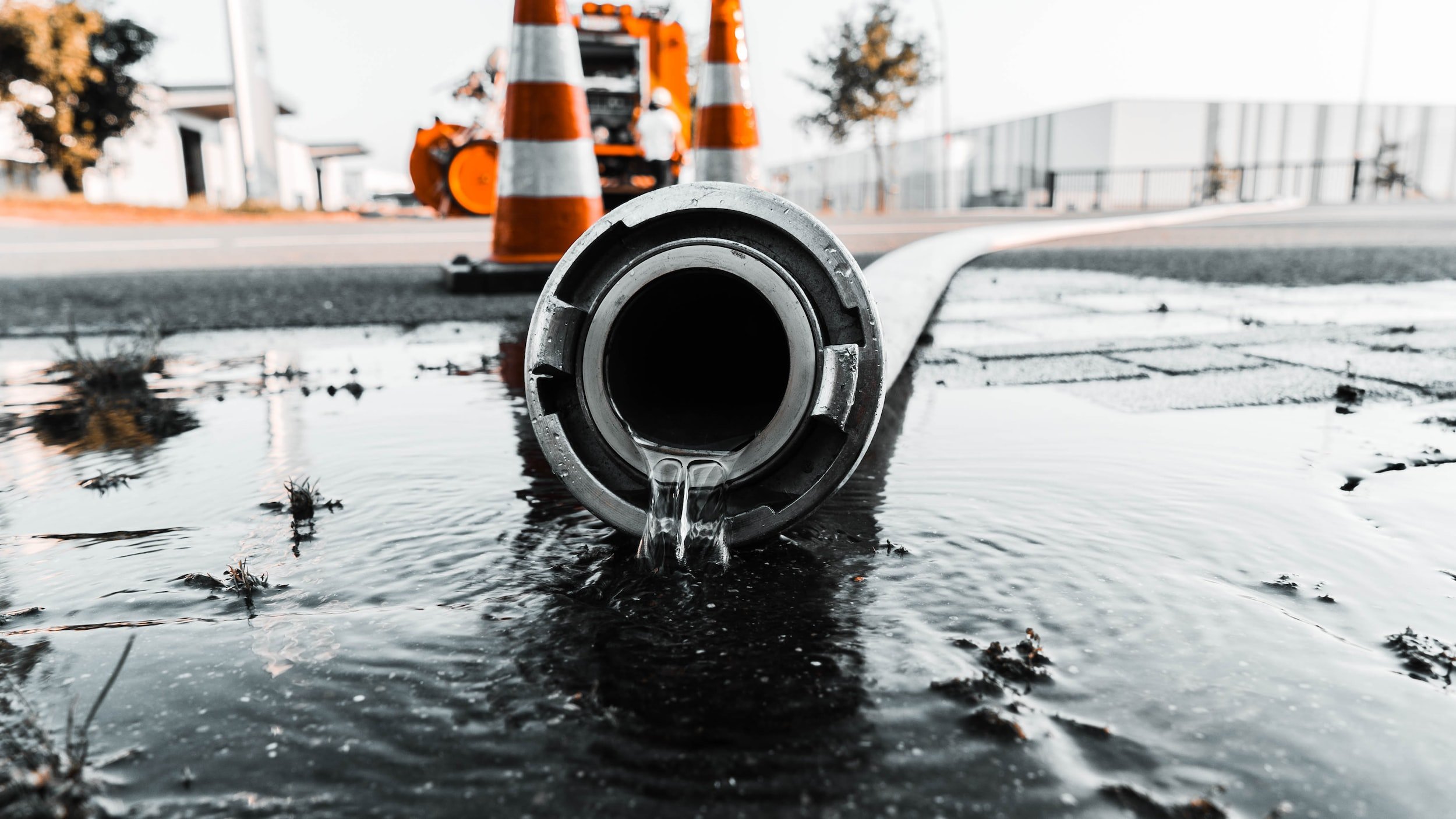
Underground Water Leak and Hydrostatic Pressure Detection
Non-invasive Hydrostatic Pressure Detection, minimize disruptions on your property.
Contact us today to schedule a free consultation.
Our cutting-edge infrared technology allows us to rapidly detect areas experiencing higher levels of moisture and temperature - indicating hydrostatic pressure.
Avoid lengthy and disruptive inspections with our rapid infrared detection services
Benefits of infrared imaging to detect hydrostatic pressure under concrete slabs
Infrared imaging can be a useful tool for detecting hydrostatic pressure under concrete slabs. Here are some benefits of using infrared imaging for this purpose:
Non-Invasive: Infrared imaging allows for non-invasive inspection of concrete slabs, which means that it does not require the removal of the slab or the drilling of holes. This can save time and money and minimize disruption to the building or facility.
Early Detection of Issues: Infrared imaging can help identify areas of the slab that may be experiencing higher levels of moisture or temperature, which can indicate the presence of hydrostatic pressure. By detecting these issues early, repairs can be made before they become more serious and costly.
Quick and Efficient: Infrared imaging is a fast and efficient method of detecting hydrostatic pressure under concrete slabs. The technology allows for the inspection of large areas in a short amount of time, reducing the need for lengthy and disruptive inspections.
Accurate and Precise: Infrared imaging provides accurate and precise data on temperature differentials, allowing for the identification of areas that may be experiencing elevated levels of hydrostatic pressure.
Improved Safety: By detecting the presence of hydrostatic pressure under concrete slabs, infrared imaging can help prevent accidents and injuries that can occur due to compromised structural integrity.
In summary, infrared imaging can be an effective and efficient method for detecting hydrostatic pressure under concrete slabs. Its non-invasive nature, ability to provide early detection of issues, and quick and accurate data collection make it a valuable tool for building owners, facility managers, and inspectors.


